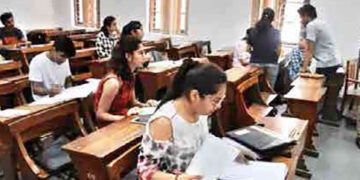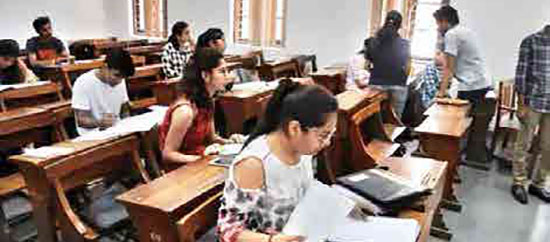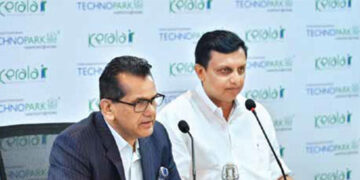Team Blitz India
COCHIN: In a significant blow to the branding of Kerala as an education friendly state under the Left- led government, the Gross Enrolment Ratio (GER) of Kerala has recorded a considerable fall as per the latest All India Survey of Higher Education (AISHE).
The AISHE 2021-22 has registered a fall in the gross enrolment ratio to 41.3% from 43.2% in 2020-21. The GER among females and males stood at 49% (previously 52.3%) and 34.1%, (previously 34.5%) respectively.
This decline in Kerala has happened at a time when the national average of GER among the age group of 18–23 grew to 28.4% from 27.3% previously.
The survey results also appear to be a validation of claims suggesting an incremental increase in students migrating from the state to other parts of the country and even abroad for better college opportunities.
With the fall in the GER, Kerala has also fallen one rung to become the seventh highest among States and Union Territories. The development is sure to have a political implication in the southern State as it has come as a blow for the Left Democratic Front (LDF) government.
Kerala has often branded its steady growth of GER as an outcome of focused efforts being made to reform the education sector but with LDF in power, the opposition has alleged lack of focus on education and decreasing interest among children and parents in state’s higher education infrastructure.
According to the enrolment statistics, there were 13,04,445 students pursuing higher education at various levels including PhD, MPhil, postgraduate, undergraduate, PG diploma, diploma, certificate and integrated courses during the survey year. These included 7,49,873 female and 5,54,572 male students to record a gender parity index of 1.41.
The 2020-21 edition of AISHE had recorded 13,64,536 students in the higher education sector. While 10,15,085 students pursued education under the regular mode in the AISHE 2021-22, 2,69,321 others opted for distance education courses.
Notably, 3,58,799 students had pursued distance education courses during the previous year. The state had a college density, number of colleges per lakh eligible population in the age group 18-23, of 46 to be ranked fifth highest in the country, while the national average was 30. The number of foreign students pursuing various programmes increased significantly from 266 to 509. Among them, 378 students pursued undergraduate courses, 79 postgraduate courses and 39 PhD.
































